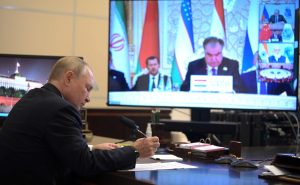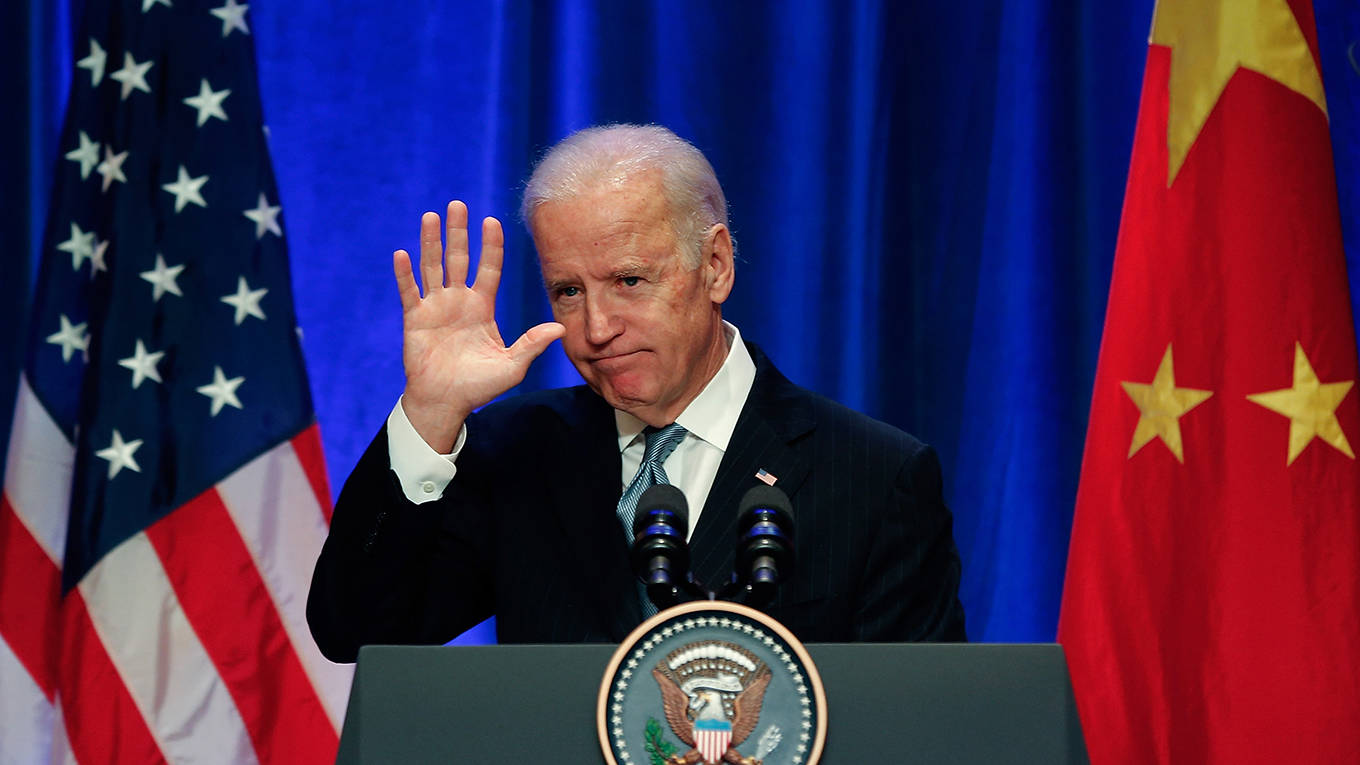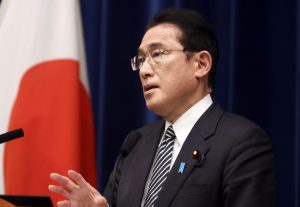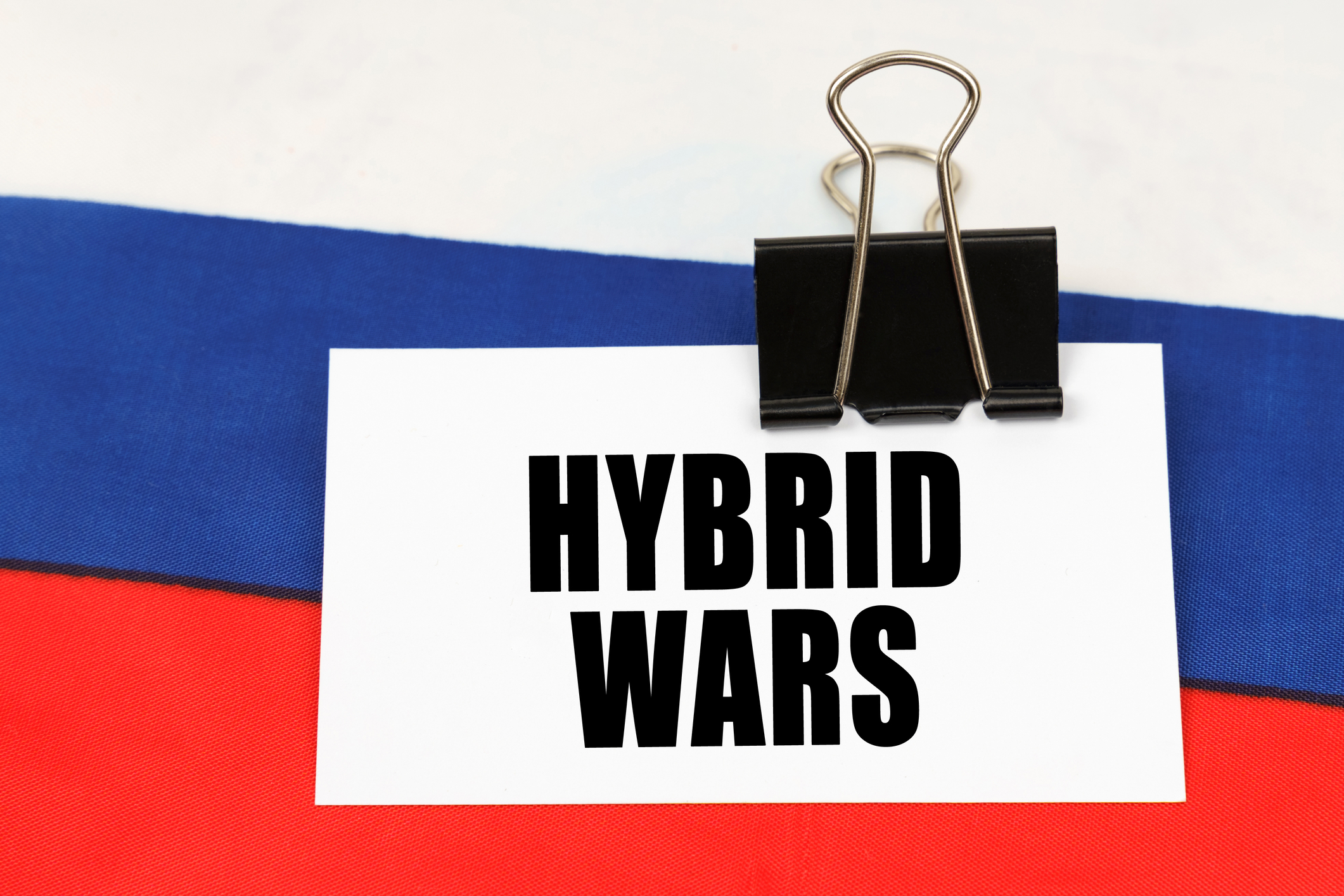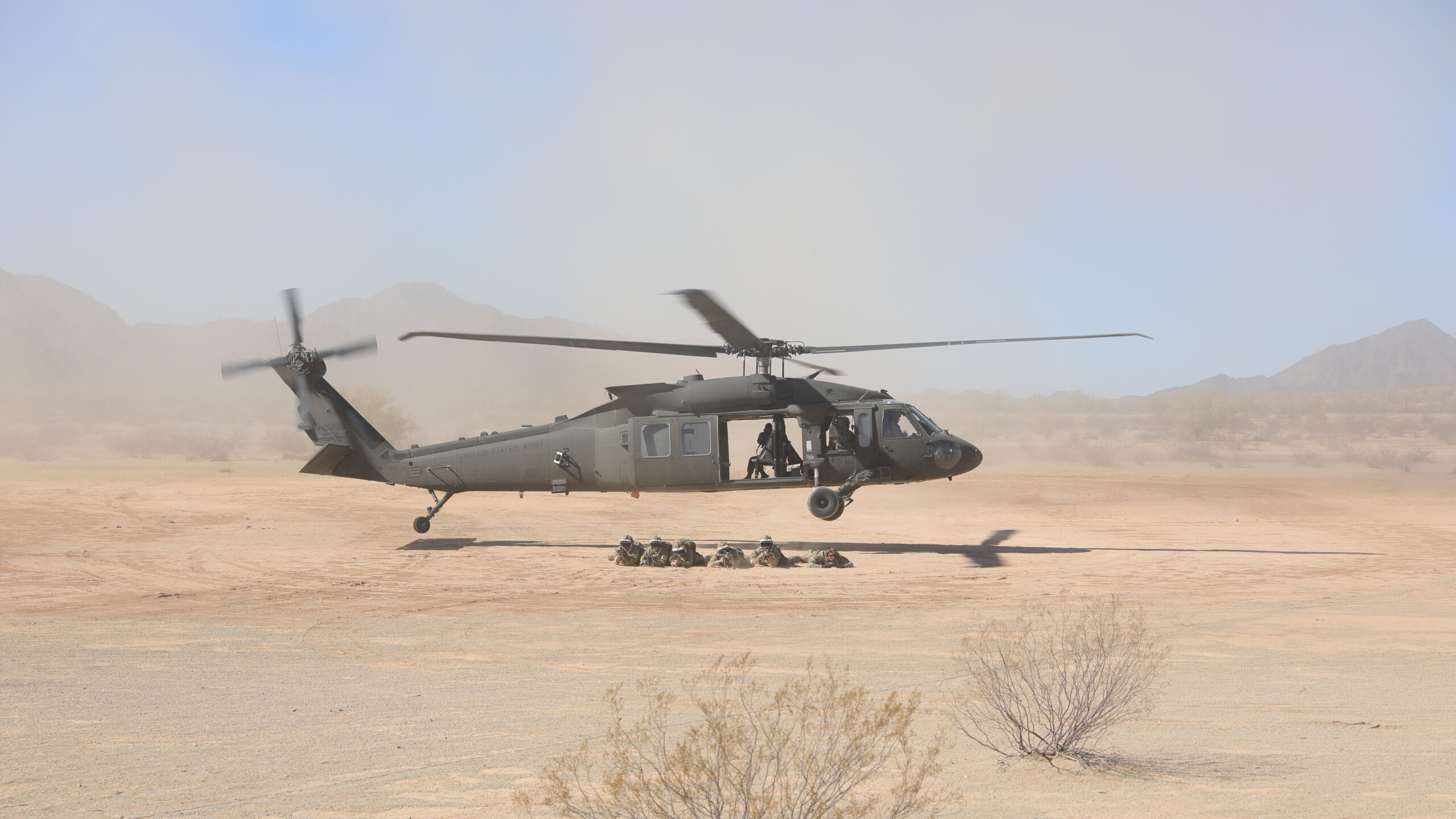Heino Klinck
Potential conflict in the Taiwan Strait has become an almost daily topic in mainstream reporting attracting global attention. Chinese diplomatic arrogance, military aggression, and economic coercion have demonstrated that Beijing’s leadership has jettisoned Deng Xiaoping’s historic 24-character maxim that exulted “hide our capacities and bide our time.”[1] The Department of Defense’s (DOD) just released China Military Power Report highlights that “The PLA also is likely preparing for a contingency to unify Taiwan with the PRC by force, while simultaneously deterring, delaying, or denying any third-party intervention, such as the United States and/or other like-minded partners, on Taiwan’s behalf… As part of a comprehensive campaign to pressure Taiwan and the Tsai administration, and signal its displeasure at warming Washington-Taipei ties, China has persistently conducted military operations near Taiwan and military training for a Taiwan contingency.”[2]

